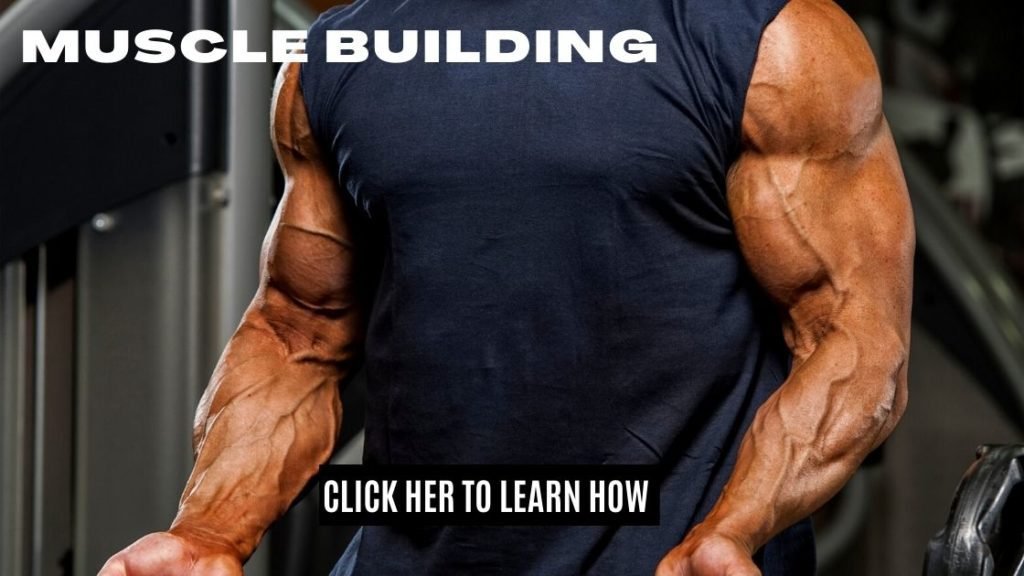Overtraining is NOT evil.
To Build Muscle You Must PURPOSEFULLY Overtrain Yourself
Overtraining is NOT evil. Overtraining can be exactly what you need to achieve continuous and rapid results in your training.
What is overtraining?
Overtraining is, most simply, training too much. Your body is unable to recover from the volume or frequency of training and begins to break down. You not only lose motivation to train, but you also become more susceptible to injury and illness, and you may even start to go backwards in your training, getting smaller and weaker on almost a daily basis.
So how can overtraining possibly be good for you?
I’ll tell you.
Accumulation and Intensification
The core program structuring principle you’ll be putting to work is known by many names...” Accumulation and Intensification” and “Dual Factor Theory” are two of the most common.
As far as this base concept goes, I definitely won’t pretend that I created it…it’s been around for a LONG time in various forms and has been used and talked about by many top coaches and trainers such as Charles Poliquin, Charlie Francis, and many Eastern Bloc coaches.
There is a tremendous amount of research on the subject and I could give you a HUGELY detailed physiological explanation of how it all works but I have a feeling you’d rather just know how it’s going to build muscle on you
So here goes…
Basically, for a period of a few weeks, you will increase workload by increasing training volume (number of sets for each bodypart) and decreasing rest periods between sets until you get to the point at or near overtraining. This is “accumulation” as you’re accumulating workload and fatigue on the body and demanding more of it than that is currently able to recover fully from.
When you REACH that point, you then back off and dramatically reduce the training volume, doing fewer sets, while also increasing rest periods between sets and increasing the amount of weight you’re lifting (i.e. intensity). This is the “intensification” part of things and it’s where the REAL growth happens.
Here’s what it looks like in graphical form…the white area in the middle is the “optimal” zone for muscle growth. As you can see, you’re spending a LOT of time there with this program!
When you begin the program, you gradually accumulate workload and training volume, moving more and more towards overtraining. This training “on the edge” is where the REAL results are – you won’t get anywhere if you stay too far away from it!
At the end of the “accumulation” phase, you’ve hit Overtraining. THAT is when we back off and reduce the training volume, increase rest periods and start using heavier weights. This “intensification” will gradually move you towards “undertraining” as your body adapts to the reduced workload.
This is followed by a deloading phase where you pull WAY back on your training and allow your body to more fully recover before you start ramping back up in the next training cycle
Think of a car going up a hill with the gas pedal down. As you come to the top, you’ve got the pedal floored but you’re not going very fast…you’re overtraining the engine, to borrow a term you might be familiar with.
Now you go over the top and start heading down the other side. If you keep that pedal floored, you’re going to start going VERY fast! Your body/engine is no longer overtrained by the steep grade but it’s still pushing just as hard.
THAT is the power of this type of training. You’re going to systematically push your body’s gas pedal to the point where you have it floored and aren’t really going anywhere, then you’re going to pull back and let it ROAR forward. The results you get from this type of overtraining and rebounding can be HUGE and THAT is what each of these four programs will do for you.
Now here’s an eye-opener for you…most programs have plateaus built right in…
With “normal” training programs that don’t take your body’s response to workload into account, you can get into either of two outcomes, neither of which is completely desirable in the long run. They’ll work in the short term because they DO spend some time in the optimal training zone, but then something happens…
In the graph below, you’ll see two lines. The top graph line is “Too Much Volume/Intensity.” The bottom graph line is “Not Enough Volume/Intensity.” Both hypothetical training programs spend time in the optimal training zone and both will get you results for awhile…
In the top line, the problem happens when the program DOESN’T PULL BACK. You hit overtraining and your body stops getting results. The usual response? Add even MORE volume and/or intensity. This can result in chronic overtraining and hitting a MAJOR plateau in your training. The only cure is backing off.
In the bottom line, the problem happens when your body adapts and you DON’T INCREASE volume or intensity…i.e. you keep doing what you’re doing. This is chronic UNDER-training and it’ll put a stop to your results, too.
“Accumulation and Intensification” is the Cure…
What I’ve done is taken this core framework of “planned overtraining and rebound” and created a number of training cycles using THE most effective muscle-and-strengthbuilding techniques and training session structures I’ve read about or come up with myself in my 24+ “mad scientist” years in the gym.
Each program is packed with very powerful training techniques designed to build MASSIVE muscle all structured on this type of volume/intensity-driven format.
And each program offers a varying degree of difficulty…the three that are included in this book are more appropriate for intermediate to advanced trainers (beginners generally don’t need programs this complex) while the other program (available separately), which I call “Frankenstein,” is definitely for ADVANCED trainers only. It is a monster!
All of these programs attack muscle growth on a SYSTEMIC level…you’re going to be using the adaptive power of your entire body as a system rather than trying to grow bodyparts in isolation
Please note: The information found in this program does not constitute medical advice and should not be taken as such. Consult your physician before taking part in any exercise program. The dietary modifications found in this program are extreme and assume a healthy body. If you have medical considerations that require special nutritional practices, please review this program with your nutritionist and physician before starting.
The Best Home Gym Exercises You’ve Never Heard Of



